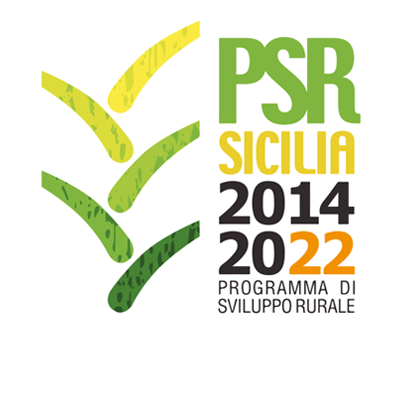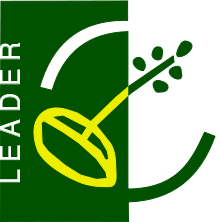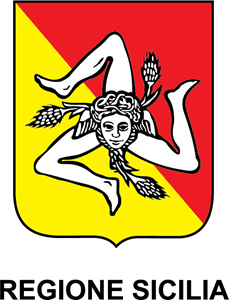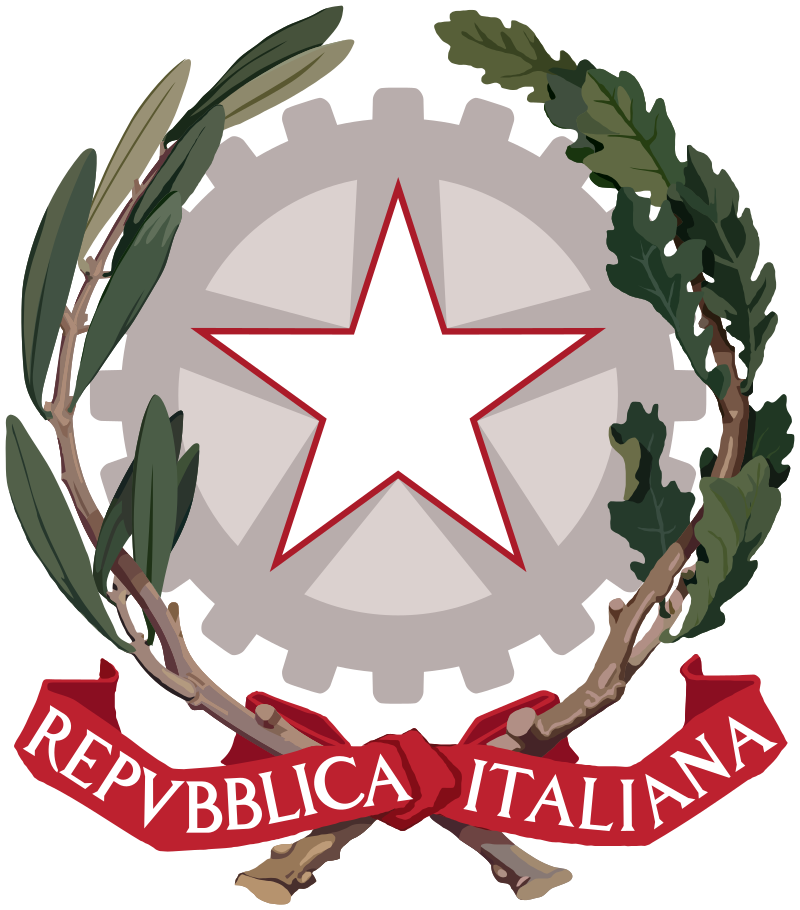Yeroo
Country
Specie
ISO3
MNG
Language
mon.
Breed classification (adaptedness)
Native
Breed classification (geographic)
Local
Specific reproductive characteristic
Breeding females and males are used up to 6 or 7 years of age.
Special characteristic of product
The mutton quality is good and juicy.
Reference for special qualities
W68-25
Color comments
uni coloured: white
Number of horns males
2
Number of horns females
0
Wither height males
76
Wither height females
71
Weight males
85.00
Weight females
56.00
Other specific visible traits
long semi-fine wool of cross-bred type
Herdbook
n
Description of origin
This breed was formed by crossing Mongolian ewes with Kuibyshev, Severokavkazskaya (not Tsigai) and Romney-Marsh rams in 1981.
Year of origin
1981
Location within country
north central Mongolia, Yoroo District of Selenga Province
Local cryo conservation status
Not Sufficient
Local Risk
At Risk
Detailed local risk status
Vulnerable
Uzemchin
Country
Specie
ISO3
MNG
Language
mong.
Transboundary name
Mongolian
Other name
Uzemchin Khoni
Breed classification (adaptedness)
Native
Breed classification (geographic)
International
Adaptability to specific environment
The breed is well adapted to live in the harsh climate of the steppe zone.
Specific reproductive characteristic
Breeding males and females are kept for 5 to 7 years.
Special characteristic of product
This breed produces juicy meat of a very good quality.
Reference for special qualities
W68-22
Color comments
uni coloured: white with black or brown head and blue spotted hocks and knees
Number of horns males
0
Number of horns females
0
Horn shape size and comments
males: long, curved horns that spiral outwards
Wither height males
72
Wither height females
65
Weight males
73.00
Weight females
56.00
Other specific visible traits
fat-tail (26 cm long in males and 22 cm in females)
Herdbook
n
Description of origin
variety of Mongolian: recognised as distinct breed in 1991
Year of origin
1991
Location within country
Sukh-Batar
Local cryo conservation status
Not Sufficient
Local Risk
Not at Risk
Detailed local risk status
Not at Risk
International Transboundary Risk detailed
Not at Risk
Tsagaan-Uul
Country
Specie
ISO3
MNG
Language
Eng.
Breed classification (adaptedness)
Native
Breed classification (geographic)
Local
Adaptability to specific environment
The breed is adapted to high mountain areas.
Specific reproductive characteristic
The breed produces a good mutton quality.
Color comments
uni coloured: white with black or brown heads
Number of horns males
2
Number of horns females
0
Weight males
72.00
Weight females
58.00
Herdbook
n
Description of origin
Khuvsgul province
Year of origin
2017
Location within country
North of mongolia
Local cryo conservation status
No Material
Local Risk
Not at Risk
Detailed local risk status
Not at Risk
Torguud
Country
Specie
ISO3
MNG
Language
mong.
Other name
Torguut
Breed classification (adaptedness)
Native
Breed classification (geographic)
Local
Adaptability to specific environment
The breed is well adapted to the Altai Mountain region.
Specific reproductive characteristic
Breeding males and females are used up to 6 or 7 years of age.
Special characteristic of product
The breed produces a good mutton quality.
Reference for special qualities
W68-22
Color comments
uni coloured: grey, white with brown or black head
Number of horns males
2
Number of horns females
0
Horn shape size and comments
35% of females are polled
Wither height males
75
Wither height females
68
Weight males
85.00
Weight females
65.00
Other specific visible traits
semi-coarse wooled, fat-rumped
Herdbook
n
Description of origin
composite of West Mongolian Fat-Rumped ewes and Sary-Ja rams
Year of origin
1982
Location within country
Bulgang, Altay and Uengch Districts of Kovd Province, western Mongolia
Local cryo conservation status
Not Sufficient
Local Risk
At Risk
Detailed local risk status
Endangered
Tamir
Country
Specie
ISO3
MNG
Language
eng.
Breed classification (adaptedness)
Native
Breed classification (geographic)
Local
Adaptability to specific environment
The breed is well adapted to live in the harsh climate of the khangai range.
Specific reproductive characteristic
Breeding males and females are kept for 5 to 7 years.
Special characteristic of product
This breed produces juicy meat of a very good quality.
Color comments
Basic body color is white spotted on face, head and belly.
Number of horns males
2
Number of horns females
0
Wither height males
70
Wither height females
60
Weight males
64.00
Weight females
52.00
Other specific visible traits
Well adapted to open grazing in specific ecological conditions of in Khangai high mountain areas, excellently combined semicoarse wool-mutton, good inheritance of key productive and biological qualities.
Herdbook
n
Description of origin
Developed through national researchers' efforts that aimed to develop breeds that are highly productive and adapted to the countrys natural conditions.
Location within country
Khangai region
Local cryo conservation status
No Material
Local Risk
Not at Risk
Detailed local risk status
Not at Risk
Talin Tsagaan
Country
Specie
ISO3
MNG
Language
mong.
Other name
Tsigai
Breed classification (adaptedness)
Native
Breed classification (geographic)
Local
Adaptability to specific environment
The breed is well adapted to live in the dry-steppe zone of Mongolia.
Special characteristic of product
This breed produces skins of a good quality.
Color comments
uni coloured: white
Number of horns males
2
Number of horns females
0
Wither height males
72
Wither height females
66
Weight males
72.00
Weight females
53.50
Herdbook
n
Description of origin
composite of local sheep and Russian Tsigai Semi-Finewool
Year of origin
1993
Location within country
Mongolian East region Khentii province
Local cryo conservation status
Not Sufficient
Local Risk
At Risk
Detailed local risk status
Endangered
Sumber
Country
Specie
ISO3
MNG
Language
mong.
Transboundary name
Karakul
Other name
Sumber Karakul
Breed classification (adaptedness)
Native
Breed classification (geographic)
International
Adaptability to specific environment
The breed is living in the steppe zone.
Special characteristic of product
The lambskin is silky, lustrous and beautifully patterned. 90% of lambskins produced are of first class.
Color comments
uni coloured: black, grey, brown
Number of horns males
0
Number of horns females
0
Wither height males
75
Wither height females
69
Weight males
70.00
Weight females
54.00
Other specific visible traits
produces fur
Herdbook
n
Description of origin
composite of Mongolian and Russian Karakul
Year of origin
1990
Location within country
South-eastern Mongolia
Local cryo conservation status
Not Sufficient
Local Risk
At Risk
Detailed local risk status
Endangered
International Transboundary Risk detailed
Not at Risk
Sartuul
Country
Specie
ISO3
MNG
Language
mon.
Breed classification (adaptedness)
Native
Breed classification (geographic)
Local
Number of horns males
0
Number of horns females
0
Wither height males
72
Wither height females
66
Weight males
67.50
Weight females
49.00
Other specific visible traits
semi-coarse wool and short fat tail
Herdbook
n
Taxonomic classification
Variety
Description of origin
variety of Mongolian breed
Year of origin
2002
Location within country
Zavkhan Aimag, west Mongolia
Local cryo conservation status
Not Sufficient
Local Risk
Not at Risk
Detailed local risk status
Not at Risk
Orkhon
Country
Specie
ISO3
MNG
Language
mong.
Other name
Orhon, Orkhonskaya
Breed classification (adaptedness)
Native
Breed classification (geographic)
Local
Adaptability to specific environment
The breed is very well adapted to the harsh Mongolian conditions (cold desert).
Specific reproductive characteristic
Males and females are used for breeding up to 6, 7 years.
Special characteristic of product
This breed produces a good mutton quality.
Other special qualities
The animals have no free access to water.
Reference for special qualities
W68-21
Color comments
uni coloured: white
Number of horns males
0
Number of horns females
0
Horn shape size and comments
8% of rams are horned
Wither height males
70
Wither height females
64
Weight males
80.20
Weight females
57.00
Other specific visible traits
semi-fine wool
Herdbook
n
Description of origin
composite of Mongolian, Précoce, Altai and Tsigai rams: This breed is the first newly developed cross-breed with semi-fine wool.
Year of origin
1961
Location within country
northern Mongolia
Local cryo conservation status
Not Sufficient
Local Risk
At Risk
Detailed local risk status
Vulnerable
Khotont
Country
Specie
ISO3
MNG
Language
mon.
Other name
Khotont breed group
Breed classification (adaptedness)
Native
Breed classification (geographic)
Local
Adaptability to specific environment
The breed is well adapted to live in the harsh climate of the khangai range.
Specific reproductive characteristic
Breeding males and females are kept for 5 to 7 years.
Special characteristic of product
This breed produces juicy meat of a very good quality.
Color comments
white color with brown head, bald and black rings around the eyes.
Number of horns males
0
Number of horns females
0
Wither height males
70
Wither height females
68
Weight males
50.00
Weight females
60.00
Other specific visible traits
Mutton-fat-coarse wool
Herdbook
n
Description of origin
Developed through national researchers' efforts that aimed to develop breeds that are highly productive and adapted to the countrys natural conditions.
Year of origin
1996
Location within country
Bayantsagaan soum, Tuv aimag, Erdenedalai soum, Dundgobi aimag and Khotont soum, Arkhangai aimag
Local cryo conservation status
No Material
Local Risk
Not at Risk
Detailed local risk status
Not at Risk




